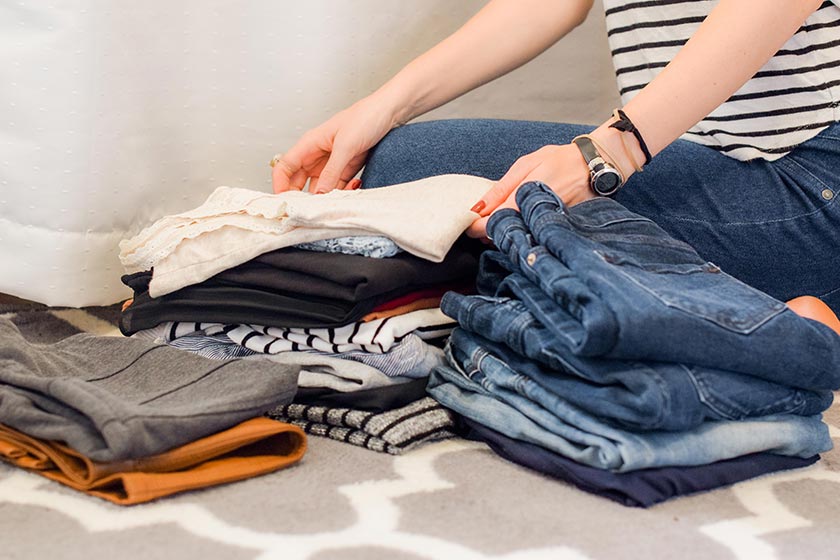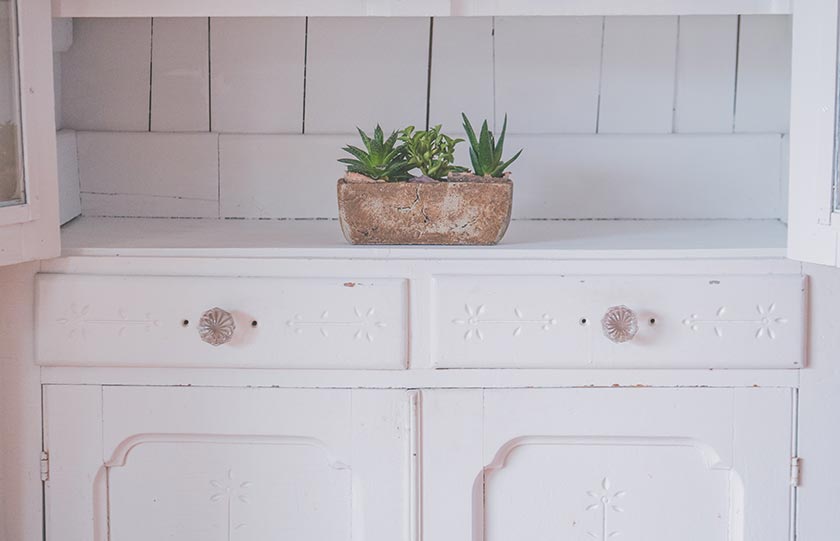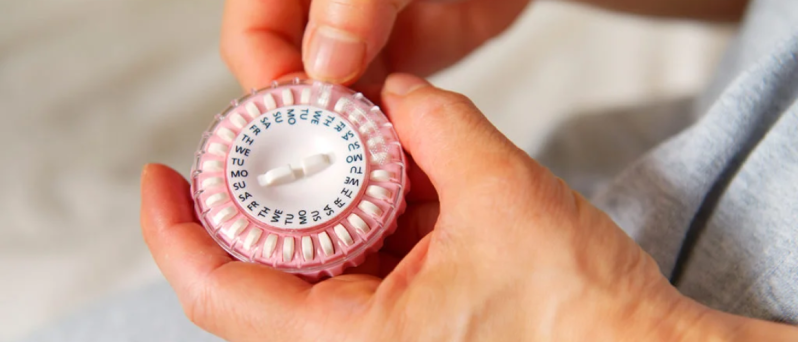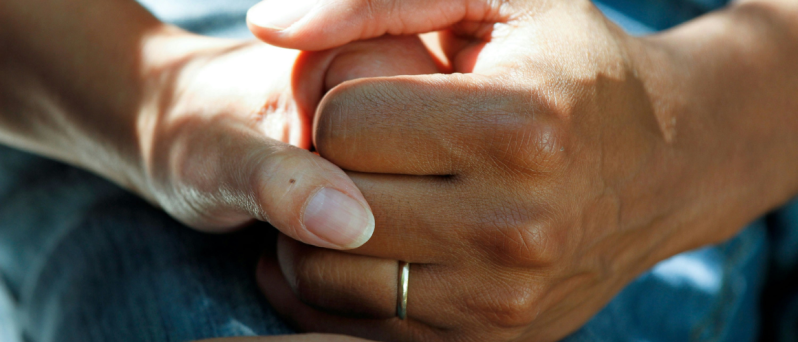Trying to navigate the world with sustainability in your life can be difficult. There are ways to choose positive activities that are based around sustainability and can help you to rebalance your green lifestyle. We’ve selected some ways to spend your days at home that will have a positive impact on both the planet and your mood:
-
Repot your plants
If you’re feeling claustrophobic at the moment, imagine how the house plant you’ve kept in its original pot feels. They may well have long outgrown their space. Give your plants a new lease of life by repotting them in larger sized pot to allow your plants more room to breathe and their roots to grow. Make sure that the new pots are deeper and wider to allow the roots of your plants plenty of room to move into and add some fresh soil or compost for extra nutrients. This could also be a great opportunity to use what you have at home to decorate your pots – paint them a bold colour, knit a plant pot cosy, or give them googly eyes!

-
Organise your wardrobe
When was the last time you went through your wardrobe and organised it? Our guess is that it was long enough ago to spend some time doing it again now. Go through every item of clothing you own and decide whether you still wear it or want to wear it. Could it go to better use elsewhere? Make three separate piles – one for clothes you’ll keep, ones you’ll sell, and ones that are damaged and need fixing. Only put back the clothes you’ll keep and organise them in a way that makes getting dressed easier for you. This could be by type (t-shirts, trousers, jumpers etc.), occasion (formal wear, activewear, loungewear etc.), or by colour.
While non-essential sales shouldn’t be made right now, with the clothes you plan to get rid of, you can get ready to sell them after quarantine. Set up an account on the platform you intend to sell them on (Depop and eBay are two popular options) and take pictures of each item to upload to the site. Here are some tips for taking good pictures that will help you increase sales when the time comes. You can also write a description for each garment, and set a price that you think is reasonable – doing the preparation now will mean you’re ready to put your old clothes to good use and make some extra money when it’s safe to do so.
-
Show old clothes some TLC
After going through your wardrobe and sorting the clothes that are damaged into a pile of their own, grab your sewing kit and get to work fixing them. If you aren’t well acquainted with a needle and thread, we recommend watching videos on YouTube to help you learn the best techniques to avoid damaging your clothes even more. If you have clothes that are beyond repair, you could try making a quilt out of them or repurpose as cleaning rags. Taking the time to care for and mend your old clothes is a really great way to find a new appreciation for items you might not have worn for a long time. If you’re confident at sewing you could even personalise clothes that you’ve fallen out of love with or don’t speak to your personality right now.

-
Make DIY skincare
Stress is tough on your mind, but it can also take its toll on your body, and especially your skin. Set some time aside to show your body some love by making homemade skincare products from things you have in your kitchen cupboards. This way, you’ll know exactly what ingredients are in your skincare, and you can tailor each product to the specific needs for your skin. Check out these recipes picked by dermatologists, so you know they’re going to do your skin some good.
-
Learn an eco-friendly skill
Learning a new skill is fantastic for keeping your mind active and off the news. What’s even better, is choosing a skill that will help you to live more sustainably. Discover everything you need to know about ecobricking and put your plastic waste to good use or learn how to grow your own food – even if you don’t have a garden. By developing a sustainable skill, you’ll be helping yourself and the planet in one fell swoop.

-
Detox your cabinets and cupboards
Your bathroom and kitchen cabinets are likely to hold some products that you haven’t used in a while. Whether it’s products you were gifted but don’t like, or ones bought by mistake or with good but unfulfilled intentions. It’s likely, that some of the older products in your cupboards are now out of date, and it could also be the case that they’re made using toxic or unsustainable ingredients. Use our guide to make a start on detoxifying your bathroom cabinets, and then follow the same rules for your kitchen too.
-
Build an eco-friendly directory
One of the key reasons people who care about shopping sustainably but don’t is convenience. Usually, consumers are kept super busy, and find it easier and quicker to shop for new clothes, food, or anything else in the places they’ve shopped before and know will have what they’re after. If this sounds a little like your shopping habits, and they often lead you to brands you know aren’t the most sustainable, now’s the time to break the cycle.
Search for sustainable brands that you’d like to buy from and create a directory in your phone notes to use the next time you’re shopping in a hurry but want to make an eco-friendly choice. Our top tip here is to categorise the different businesses based on what products they sell (fresh produce, clothes, skincare, etc.) and where you can purchase from (whether they’re online, in-store or both). If you want to go the extra mile, you could also give them your own sustainability rating, or use the Good Shopping Guide to make a note of how ethical each brand is.









